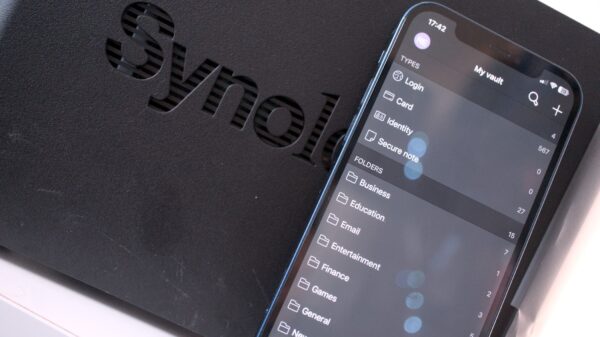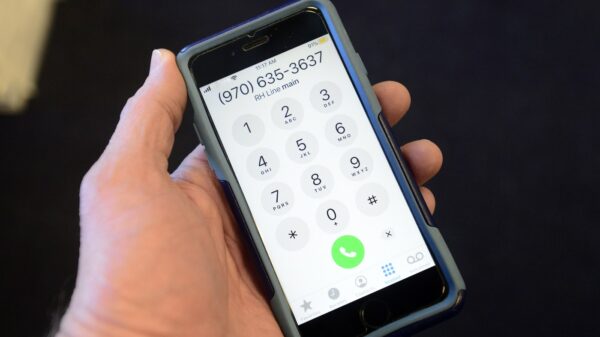URGENT UPDATE: A groundbreaking AI tool could revolutionize how Parkinson’s disease is detected, leveraging smart speakers like Amazon Alexa and Google Home. Developed by scientists from the University of Rochester, this innovative screening method can assess potential symptoms of Parkinson’s disease in mere seconds.
This web-based tool requires users to recite two pangrams, sentences designed to include every letter of the alphabet. The AI analyzes voice recordings, identifying subtle speech patterns linked to Parkinson’s with an impressive accuracy rate of 85.7 percent. This could provide an accessible and low-barrier means for early detection, potentially prompting users to seek further medical evaluation.
Around 1.1 million Americans currently live with Parkinson’s, a number projected to rise to 1.2 million by 2030, according to the Parkinson’s Foundation. Each year, nearly 90,000 new diagnoses are made, making it the second-most prevalent neurodegenerative disease after Alzheimer’s.
Professor Ehsan Hoque of the University of Rochester emphasized the importance of this tool, stating, “There are huge swaths of the U.S. and across the globe where access to specialized neurological care is limited.” This technology could empower individuals to identify potential health concerns in the comfort of their own homes.
The researchers gathered data from over 1,300 participants—both with and without Parkinson’s—using their computer’s microphone to analyze speech patterns. Participants read aloud sentences such as, “The quick brown fox jumps over the lazy dog.” By utilizing advanced machine learning techniques, the AI can detect vocal characteristics distinctive to those with Parkinson’s.
Abdelrahman Abdelkader, a master’s student involved in the study, explained, “The way someone with Parkinson’s would utter sounds, pause, breathe, and inadvertently add features of unintelligibility is different from someone without Parkinson’s.” This critical differentiation could lead to earlier interventions and improved patient outcomes.
While the tool is not intended to replace professional diagnoses, it serves as a significant first step in recognizing symptoms. The study highlights that nearly 89 percent of individuals with Parkinson’s exhibit vocal deformities that could signal the disease, making speech an effective starting point for digital screening efforts.
In addition to voice analysis, the researchers are exploring how to incorporate other indicators, such as motor movement and facial expressions, into the assessment process. This comprehensive approach aims to enhance the tool’s effectiveness and reach a broader population.
An interactive demonstration of the speech-based screening test is available for users to try at home, making this innovative technology even more accessible.
As professionals urge for greater awareness and action regarding Parkinson’s disease, this new AI tool represents a hopeful advancement in early detection and patient care.
For those interested in learning more about this significant development, detailed findings can be found in the study published in npj Parkinson’s Disease.
Stay tuned for further updates on this exciting breakthrough and its potential to change the landscape of Parkinson’s detection and care.








































































